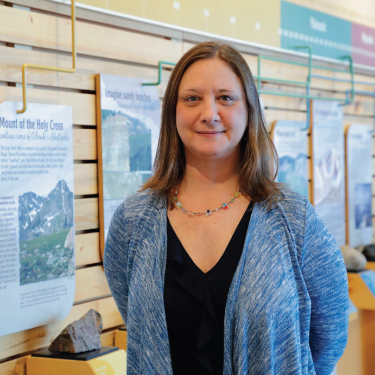Sex is the taboo subject that happens all around us, and right about now, there are thousands of trees that are going at it with reckless abandon. With their strobili unabashedly protruding and their ovules wide open, the young gametophytes stand ready to receive the blasts of pollen from trees near and far. Lodgepole pine trees, in particular, are busily replenishing the world with their seed right about now. Releasing huge yellow clouds that contain billions of tiny pollen granules, these majestic giants are busily planning for their future generations.
The Lodgepole Pine, like other conifers, is actually a fairly primitive plant, not evolved enough to have developed a true flower, although it does have the distinction of being the most highly evolved family of conifers. True flowers belong to the angiosperms, plants that have both male and female reproductive parts on a single structure. This higher degree of evolution also comes with an additional protective layer for the young plant, in the form of an ovary and seed coat. Gymnosperms, or “naked seed” plants, include the conifers and evolved much earlier in the progression. Because they evolved before insects and birds were common, these plants depend on the wind to complete their reproductive process.
Plant sex seems like a rather static process, given that plants are rooted silently and firmly in place, but in reality, it involves a dynamic and colorful progression of events. Like other conifers, the Lodgepole Pine has a relatively simple reproductive system, with separate male and female parts found on a unisex plant. The male parts grow first, looking like “baby pine cones.” They first start growing in late summer, lie dormant over midwinter, and finally mature the following spring. These are really not cones at all, but modified leaves that bear structures called sporangia, which eventually produce the male microgametophytes. These grow together in small groups inside a resistant wall and are collectively known as plant pollen. In essence, the pollen grain was one of nature’s first experiments in protecting her reproductive products from the raw elements.
The pollen grains of the Lodgepole pine, like other members of the pine family, have two small air bladders that allow them to be easily dispersed on the breeze. Once dispersed to the four winds (although it turns out that pollen grains typically travel only short distances), the lucky pollen grains land on a specialized branching structure known as a pine cone. The microgametophytes go through a fairly involved process involving cell division and differentiation before joining up with the macrogametophytes, as the female baby plant parts are called. When fertilization finally occurs, the seeds develop slowly, taking up to two years before they finally mature and drop to the ground.
As I write this and think about the whirling yellow clouds that are floating through the valley, the lyrics of a famous song swirl through my head. They have, however, been somewhat distorted by my brain’s inner workings as I consider the parallels between sex in the different kingdoms. So I apologize, Jerry Lee Lewis, for distorting your lyrics for my own purpose, but I thought some might enjoy my interpretation of this great rock and roll classic.
You shake my needles and you rattle my cones
Too much love drives a tree to groan
You broke my anther, oh what a dancer
Goodness gracious great balls of pollen
Jaymee Squires is the Director of Graduate Studies at Walking Mountains Science Center. Jaymee lives in Eagle with her family and she loves a chance to get outside and appreciate the wonders of nature.










